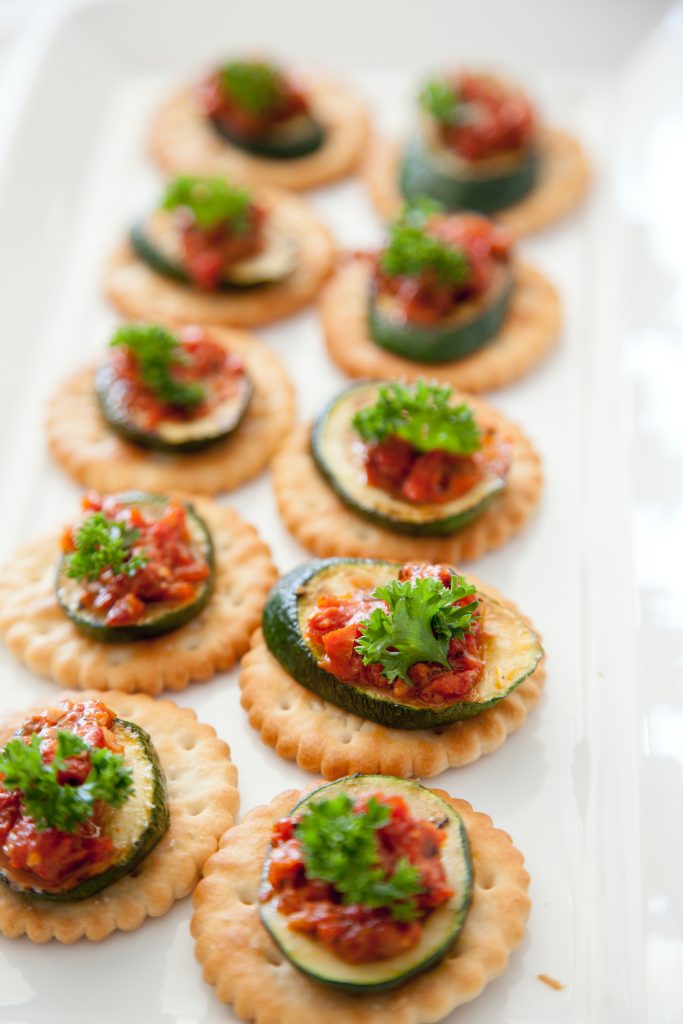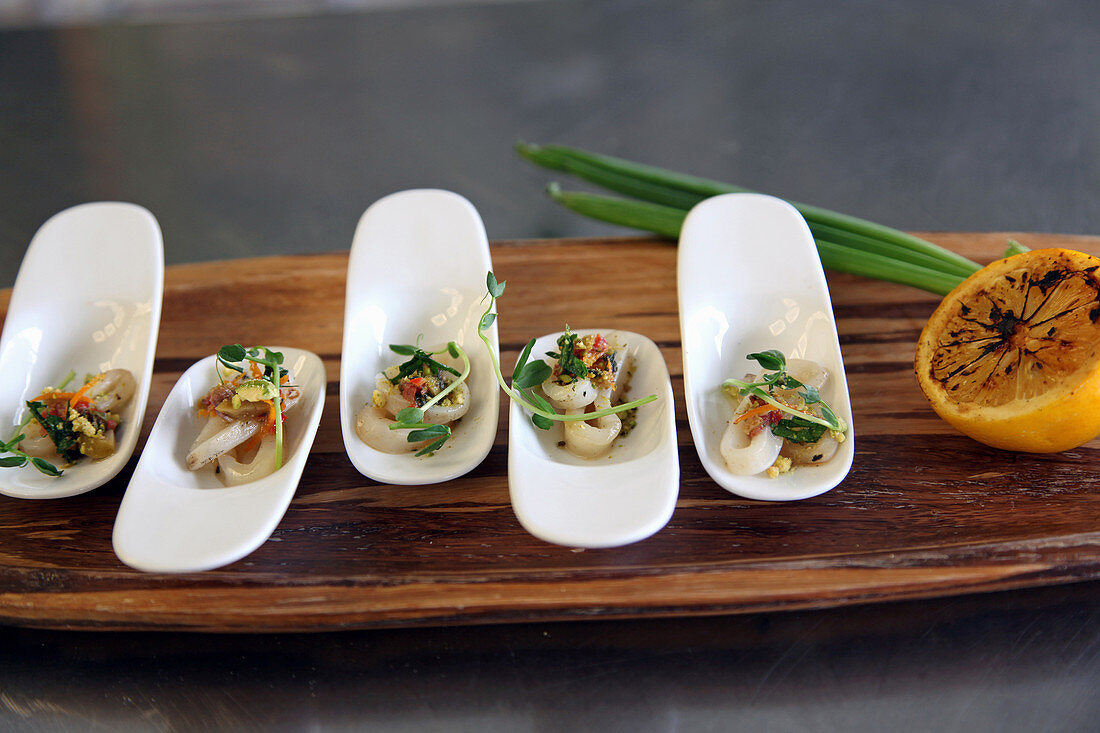The world of fine dining is full of terms and traditions that can be a bit intimidating for the uninitiated. One such term is “amuse-bouche”, which translates to “mouth amuser” in English. These tiny, bite-sized hors d’oeuvres are served free of charge and are meant to prepare guests for the meal to come while offering a glimpse of the chef’s style.
The amuse-bouche has its origins in the nouvelle cuisine movement, which emerged in France in the 1960s and emphasized smaller, more intensely flavored courses. This style of cooking was a reaction to the heavy, rich dishes that had been popular in French cuisine for centuries. The amuse-bouche was one of the ways in which chefs could showcase their creativity and skill while adhering to the principles of nouvelle cuisine.

In many ways, the amuse-bouche is the perfect embodiment of the nouvelle cuisine ethos. It is small, intense, and perfectly executed, with each element carefully chosen and prepared. While it may seem like a simple offering, creating the perfect amuse-bouche requires a great deal of skill and attention to detail.
One of the interesting things about the amuse-bouche is that it is not ordered from a menu like other appetizers. Instead, the chef chooses what to serve based on the ingredients available and the style of the restaurant. This means that every amuse-bouche is unique and can offer a glimpse into the chef’s personality and style.
While the amuse-bouche was originally a relatively simple offering, it has evolved over time into a de rigueur course at many high-end restaurants. This has created some logistical challenges for chefs, as they must now produce enough amuse-bouches to serve all guests in a timely manner. This often requires a separate cooking station and a variety of specialized serving dishes.
Despite these challenges, the amuse-bouche remains a popular and beloved course in fine dining. It offers diners a chance to experience something unexpected and exciting while preparing their palates for the meal to come. And for chefs, it is a chance to showcase their creativity and skill in a small, but important way.
So, what can you expect from an amuse-bouche? It could be anything from a tiny quail egg on a bed of caviar to a delicate morsel of foie gras. It may be served on a delicate spoon or nestled in a miniature dish. Whatever form it takes, the amuse-bouche is sure to delight and surprise. And who knows, it may even become your new favorite part of a fine dining experience.

